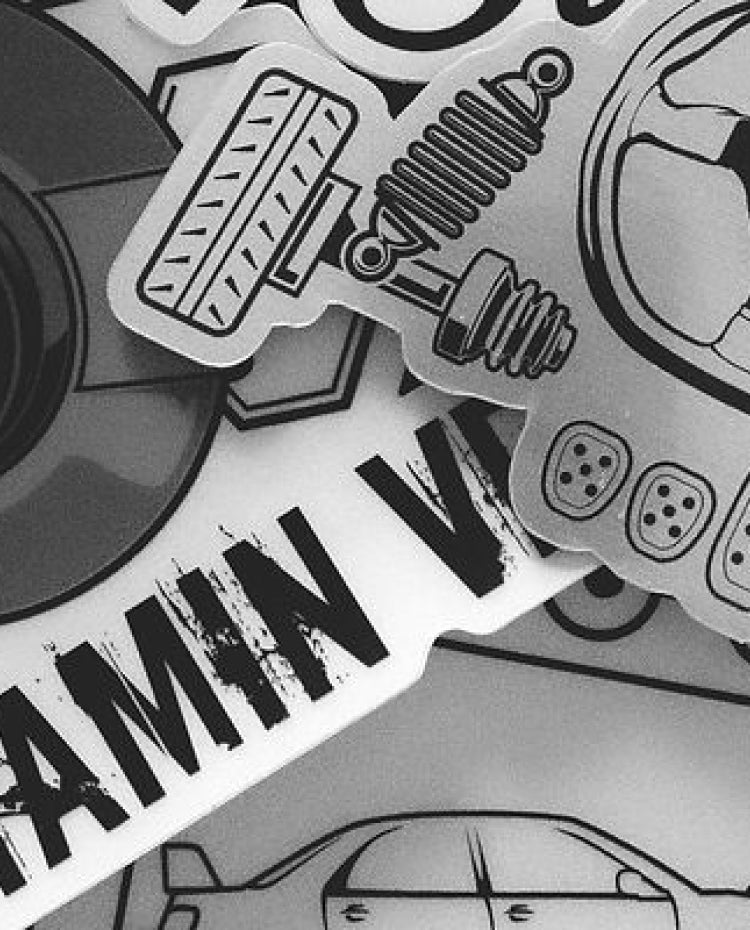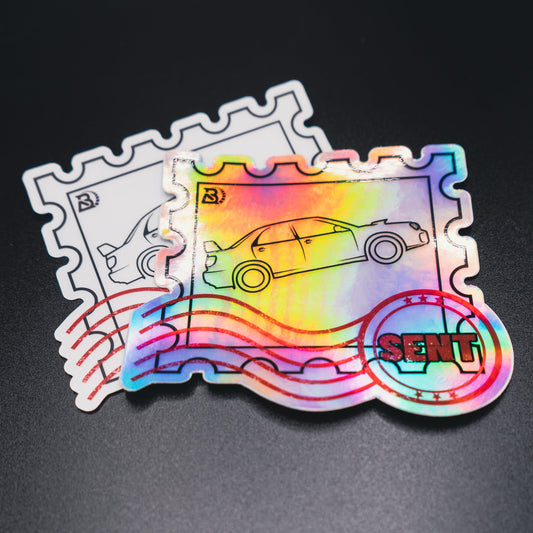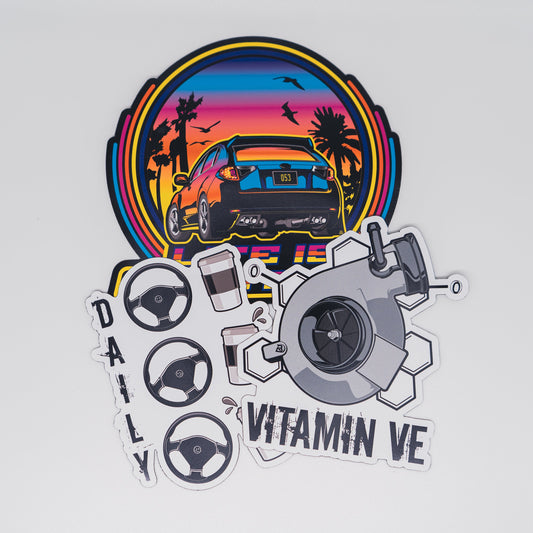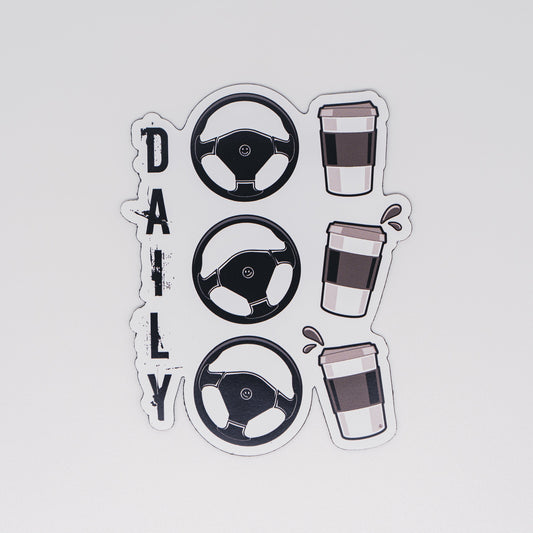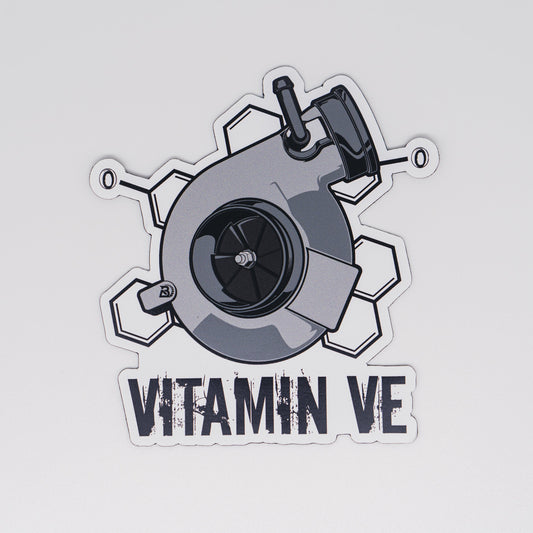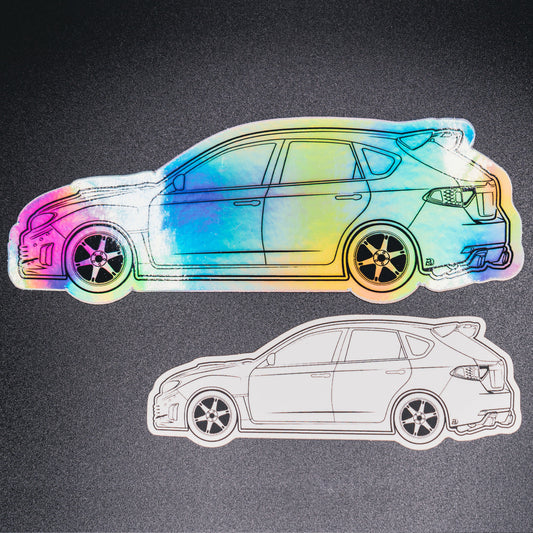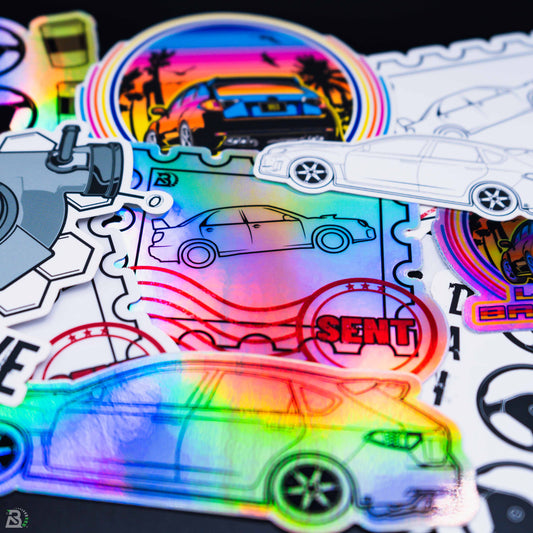Horsepower for your car, your fridge, your toolbox, and more.
Stickem on your laptop and maybe it will run faster, too.
because
[you love]
racecar
Featured Products
-
Lone Star Spec Gen1
Regular price $35.00 USDRegular priceUnit price / per -
Lost Marbles
Regular price $35.00 USDRegular priceUnit price / per -
Kinemaddicts™ French Terry Hoodie
Regular price $65.00 USDRegular priceUnit price / per -
Zilhouette
Regular price $35.00 USDRegular priceUnit price / per -
Y'all Are So Slow Ladies Tee
Regular price $32.00 USDRegular priceUnit price / per -
Y'all Are So Slow Mug
Regular price $20.00 USDRegular priceUnit price / per -
Push Yourself (Boost Attic® Motorvational Quotes™)
Regular price $35.00 USDRegular priceUnit price / per -
Vitamin Boost Hoodie
Regular price $65.00 USDRegular priceUnit price / per -
Supersonic
Regular price $35.00 USDRegular priceUnit price / per -
Stanced Hooded Tee
Regular price $40.00 USDRegular priceUnit price / per -
Life is Barutiful Ladies Hooded Tee
Regular price $45.00 USDRegular priceUnit price / per -
Kinemaddicts™ PVC Magnet
Regular price $12.00 USDRegular priceUnit price / per

Based in Texas

Customer Support

Secure Payment
Category Feature
Stickems
-
Life is Barutiful Magnet
Regular price $8.00 USDRegular priceUnit price / per -
Kinemaddicts™ PVC Magnet
Regular price $12.00 USDRegular priceUnit price / per -
Sent It Stickers
Regular price From $4.00 USDRegular priceUnit price / per -
Boost Magnet Pack
Regular price $15.00 USDRegular priceUnit price / per -
Daily Magnet
Regular price $5.00 USDRegular priceUnit price / per -
Catch E If You Can Stickers
Regular price From $3.00 USDRegular priceUnit price / per -
Vitamin Boost Magnet
Regular price $6.00 USDRegular priceUnit price / per -
Supersonic Stickers
Regular price From $2.50 USDRegular priceUnit price / per -
Fl4t Sticker Pack
Regular price $14.00 USDRegular priceUnit price / per
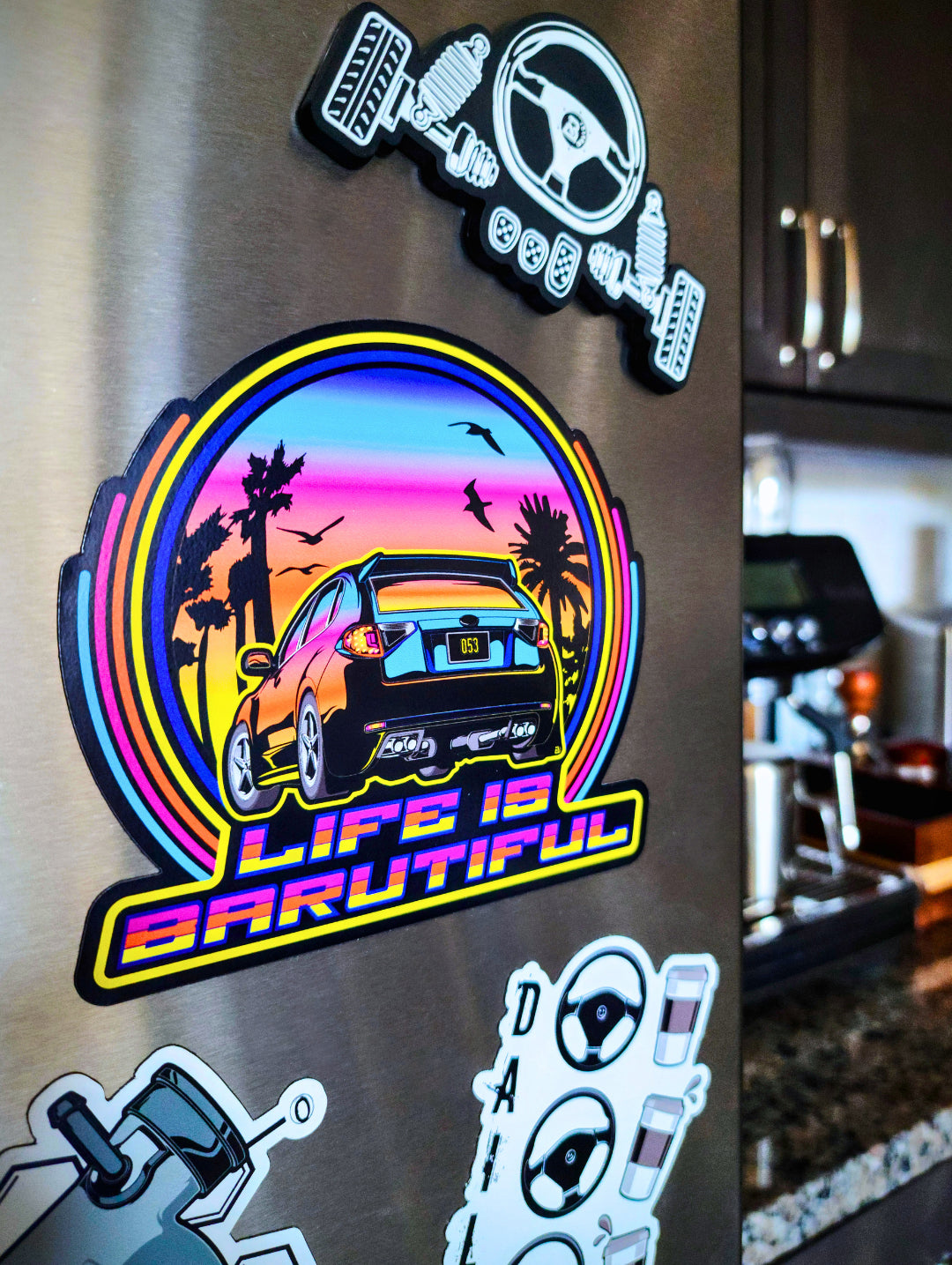
YOOOO
Welcome to the 'Attic.
We make bore-ing swag to keep the [manual] passion alive, because we're die-hard track junkies. And, we really love cars... a lot.

JANUARY 2026
BOOST FACTS
EFI-Q Enhancers - Updated Monthly (Mostly)
✦ TURBOTASTIC ✦
Turbo setups in motorsports, all the way from grassroots, time trials and Spec, to WRC, NHRA and IMSA racing, come with different objectives and personalities - some charming, some volatile, and some like that bro who's got a fragile sense of self-worth. The most common in grassroots and club racing is the single (and/or OEM) turbo setup, which is simple, relatively affordable, and easy to package in tight engine bays. Its biggest perk is flexibility.....

